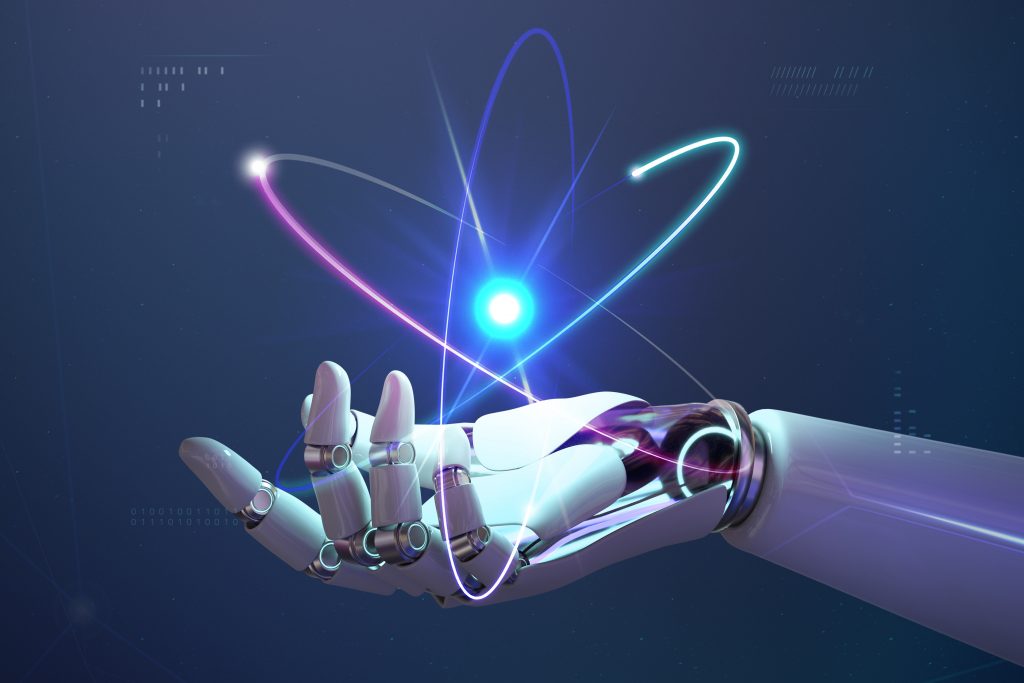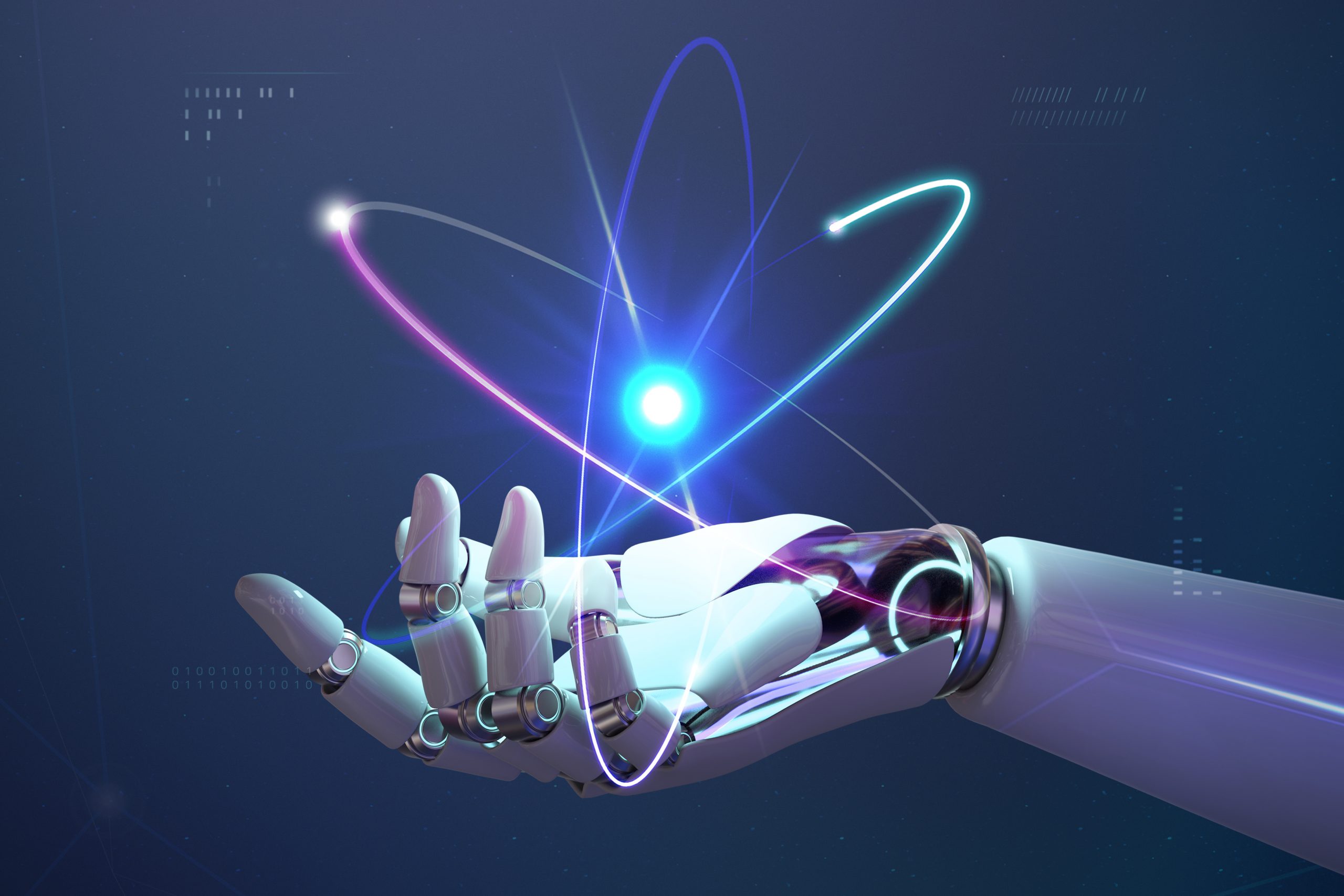
Artificial Intelligence
Many newer legal technology breakthroughs are thanks to advancements in AI. Before diving too deep into what legal AI applications are out there, it’s important to first get an idea of what AI is, and what it is (and is not) capable of doing.
There are essentially three simplified concepts a lawyer should know about this technology—AI, machine learning, and deep learning.
First, AI, generally, is an umbrella term that encapsulates varying degrees of a software program’s abilities. The term nonetheless represents the ability for a machine to do a task in a smart way, even if it is performing that task at the direction of a human who has coded or programmed it (or taught it) to do that task. In essence, a human must create the program and create a set of instructions for the computer to execute a task. Another variation on this sort of technology is called expert systems,
which requires supervised learning by the machine where a human is setting up the rules for the system. A common example of an expert system is TurboTax.
To illustrate, consider the following scenario:
Imagine that you want to extract dates from all of your contracts. A software engineer could easily write a program that could accommodate the known
combinations and formats of dates. Some dates are just numbers, slashes, and dashes (8/10/19; 2019-08-10); some are full words (the 10th of August, 2019), while others are shorthand (Aug 10, 19). Taking each possible combination into consideration, the programmer could build rules that extract those dates and store them in a standardized format. But what happens if one country adopts a new format? Unfortunately, the moment the date deviates from the pattern, the program will not be able to fulfill its duties without being reprogrammed. What about relational data that is conditioned on other text?
As seen from the example, the level of human involvement in the basic types of AI is actually quite high.
Some advanced types of AI tools include those categorized as machine learning.
Machine learning is really the ability for computers to learn
how to perform certain tasks by being exposed to structured or labeled data; they learn
how to perform tasks by following patterns and making predictions. Considering the previous example, a machine learning program would be far more adaptable to new formatting methods. Rather than having to recode a program (as would be necessary with a very narrow AI program), the system could instead be exposed to new labeled data and learn
that a new date format is a functional equivalent to others in its memory.
The final and most advanced subclass of AI (thus far) is deep learning.
This concept is also referred to as neural networks.
Deep learning is a complex topic and, though not new, its true reach is still being explored. It is enough to know that deep learning is the consumption of extraordinary amounts of data, from which a computer can identify simple patterns and combine them into highly complex patterns, to learn and perform expected outcomes without being specifically programmed. (Note that many of the recent advancements in image and speech recognition, and technology for self-driving cars, have come from deep learning/artificial neural network algorithms.)
With this baseline understanding of AI, we can dive into a few legal AI applications making waves in the market.
At the broadest AI level, automated branching logic decision trees (also known more colloquially as chatbots
) are taking the legal space by storm. As an aside, because of the up-front investment of human knowledge to build these decision trees, many don’t think chatbots should be classified as AI. Nonetheless, because it uses a software system to perform a human task, leading to an ultimate outcome, it is still considered a very basic form of AI. Law firms and legal departments are leveraging this type of AI for things such as marketing and lead generation, client intake, and addressing frequently asked questions.
Legal research is a hotbed for more advanced AI solutions. Online research giants like LexisNexis and Westlaw are, of course, significant advancements in legal research in their own right. But their structure means they are a fountain of well-formatted data—a gold mine for machine learning. In fact, Thomson Reuters has
unveiled its new and improved take on legal research—Westlaw Edge. Other startup companies are also tackling legal research, providing a wealth of data in a matter of seconds.
Contract and document review are also heavily impacted by AI applications. For example, a contract review automation company, LawGeex, uses AI to review contracts and highlight any discrepancies a contract may have, compared to a company’s policies. Thereafter, it serves up the company’s default language and fallback positions for each clause, speeding up negotiations and approvals, and in turn, increasing deal capacity. In the ultimate test, this company put its software head to head with twenty highly experienced U.S. lawyers. The AI algorithm took a mere twenty-six seconds to review five non-disclosure agreements (NDAs). On the other side of the ring, the attorneys took an average of ninety-two minutes to review the same agreements. Surprisingly (but perhaps unsurprisingly to the software engineers), the lawyers’ review resulted in only 85 percent accuracy, compared with the AI system’s 94 percent accuracy.
Blockchain
Many people know about blockchain as it pertains to the rise of Bitcoin and other cryptocurrencies. In 2017 there was a worldwide block-chain awakening. Blockchain technology is a fairly difficult concept to understand without a computer science background. However, the best shorthand way to explain this technology is that it is an unalterable, distributed database. The moment information is shared to a block
in the blockchain, it is instantly distributed and visible to all people that have permission to be a part of that specific blockchain. Each individual block is assigned a cryptographic, alphanumerical identifier (called a hash or key) that is specially calculated based on the previous block and the information contained within the new block. This means that if someone were to attempt to modify information in a specific block, it would alter the hash. An altered hash sends a message to the other participants of the blockchain that the data has been altered, and the verification of that new entry would fail. Mechanics aside, blockchain’s major benefits are its inalterability and its transparency—and thus its ability to create trust and keep an excellent audit trail.
With blockchain, the ability to increase transparency and trust among users means that the legal profession has taken notice. Efforts have heavily focused on the contracting space through the use of smart contracts. Smart contracts gave rise to the idea of code as law
by combining simple computer programs with events that trigger legal ramifications.
A successful smart contract begins by clearly identifying the ultimate outcome—for example, the transfer of funds—and the agreed-upon conditions to transfer interest. From there, a developer can create a computer program outlining the conditions and the triggering circumstances that lead to the ultimate outcome. When the smart contract receives confirmation that the requisite conditions have been met, interest can be transferred automatically as previously agreed upon.
Despite the hype, blockchain has yet to gain much traction in the legal industry. Nonetheless, the logistics and supply chain industries, as well as food safety and banking, are finding more immediate utility in blockchain technology and will pave the way for more adoption in other industries, including legal, hopefully.
Task Automation
Technology is also enabling a significant shift in how attorneys can perform certain routine tasks. The multitude of practice-side technology entering the market means more competition; more competition means lower prices, and lower prices mean more industry-wide adoption. But many attorneys may be surprised to know that this innovation is influencing the way commercial clients and individual consumers access legal services and the justice system.
A look at new service offerings and new decision-making frameworks illustrate the efforts underway.
For example, expert systems
are an increasingly popular law firm offering. Like chatbots, expert systems are a curated series of questions that collect information from their user, the client. The end of the questionnaire reveals relevant legal advice applicable to the client’s situation—without going directly through their attorney.
For example, McCann FitzGerald created its Credit Reporting Compliance Bot,
to collect client information to give a comprehensive assessment of whether the Credit Reporting Act applies to their business or the particular transaction. Even better, it goes further by working to identify where there may be gaps in the client’s compliance. Norton Rose Fulbright has so far deployed two expert systems—Parker,
a system that lets clients ascertain whether they are in compliance with GDPR, and Contractor Check,
which helps clients accurately characterize their human resource engagement as either employees or independent contractors.
Ordinarily, clients would need to command their attorney’s time and attention for these matters, incurring charges along the way. With these tools, clients instead pay a lower cost, one-time fee, saving their attorney’s time for higher-value work. A lot of this change is due to easier access to customizable software. But it is also triggered by the fact that clients are increasingly willing to pay law firms for a lower value, routine work. This client-driven shift has caused many in the industry to consider whether generating fees on an hourly basis is the best path forward.
Another interesting and welcome advancement is the commoditization of the data-driven lawyer. Companies like Lex Machina and Premonition—which brands themselves as an unfair advantage in litigation
— give attorneys more insights into the viability of their clients’ cases. These legal analytics platforms leverage huge amounts of public court data and give lawyers the ability to predict whether a certain type of case before a certain judge has a reasonable chance of succeeding. From there, attorneys work with the clients to help them understand the validity of their claims and their best and the most cost-effective path forward. This necessitates a long overdue partnership between clients and attorneys.
Legal technology’s disruption factor also takes aim at the individual consumer.
In the so-called small law
world, the rise of legal marketplaces like Avvo and LegalZoom has had an extensive impact on how individuals obtain legal services. Routine procedures like divorces, business formations, and simple real estate transactions can now be done by simply filling out a form and following a few steps, with little to no assistance from an attorney. Likewise, the chatbots discussed previously are looking to take a slice of the pie by helping consumers do things like appeal parking tickets and complete simple court forms. Some firms are even leveraging client-facing chatbots by allowing website visitors to answer a series of questions that help them determine their true legal issues. In turn, this helps them decide if they want to seek advice and counsel or attack the issues on their own. It is becoming increasingly clear that for common legal processes, technology has become the great equalizer, democratizing access to information so that anyone can make reasoned decisions about their situation. That level of access to information also has altered what services clients seek when shopping for an attorney.




